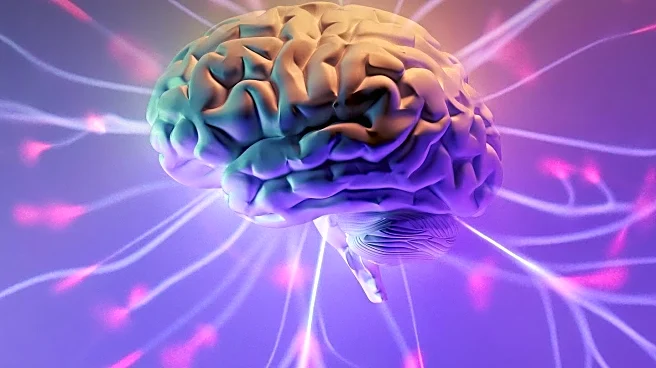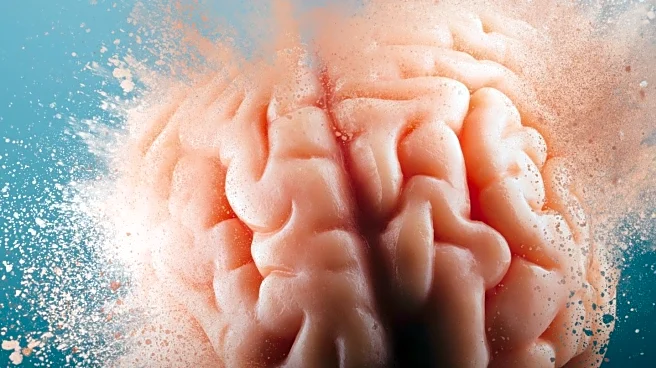What's Happening?
A new study published in Molecular Psychiatry has identified shared brain connectivity patterns between children diagnosed with autism and ADHD. Researchers found that autism symptom severity, rather than
a formal diagnosis, aligns with connectivity differences in brain networks related to social cognition and executive functions. These patterns also correspond to gene-expression profiles tied to neural development, suggesting a shared biological mechanism.
Why It's Important?
The findings support a shift toward dimensional, neurobiologically informed approaches to understanding neurodevelopmental conditions. By focusing on symptom dimensions and their biological correlates, researchers can develop more precise treatment strategies tailored to individual neural profiles. This approach may improve outcomes for individuals with autism and ADHD by addressing the underlying biological mechanisms.
What's Next?
Future research will explore the development of biomarkers associated with these neurodevelopmental conditions. Researchers may also investigate targeted therapies that address the shared biological roots of autism and ADHD. The study's findings could inform clinical practices and lead to more personalized treatment approaches.
Beyond the Headlines
The study highlights the importance of considering both dimensional and categorical models in neurodevelopmental research. Ethical considerations regarding genetic research and its implications for treatment must be addressed. Long-term studies are necessary to evaluate the safety and efficacy of potential therapies derived from these findings.











